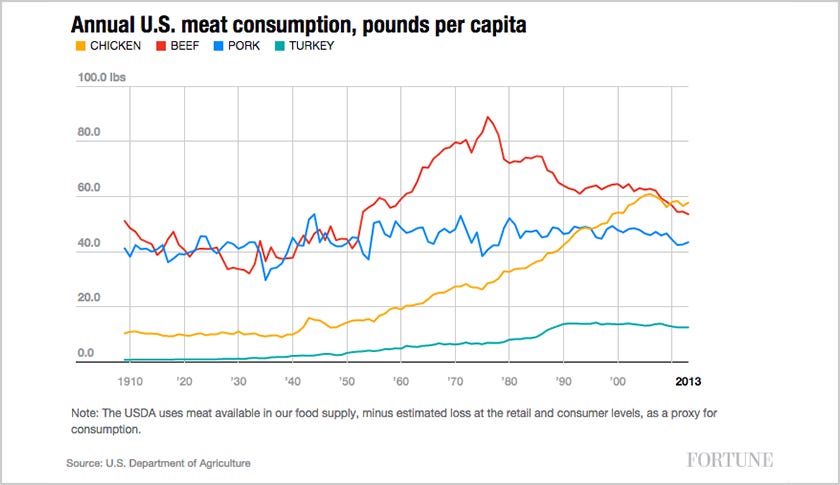Was The Food Pyramid a Lie?
In the 1990s, people dutifully followed the Food Pyramid for a longer and healthier life. But what was considered healthy one year wasn't the next. Why?
Nirvana blared from Christopher’s room while he was getting ready for school, and his mom made breakfast downstairs. It was 1992, and as a dedicated follower of the Food Pyramid Cult, his mom served up a heaping bowl of Berry Berry Kix with a tall glass of Five Alive. Must’ve been 100 grams of sugar, but what else were they supposed to eat? Eggs? Like Amish people? Not since listening to Good Morning America’s fear-mongering episode about saturated fat and cholesterol. After scarfing down his white toast smeared with seed oil-packed margarine, he grabs his lunch and heads for the bus stop.
At school, Christopher takes inventory of his Ninja Turtles lunchbox: a PBJ on nutrient-free white bread, spread with Peter Pan peanut butter and Smucker’s grape jelly, a low-fat yogurt, a bag of baby carrots, and a Capri-Sun pouch, forklifting another palette of sugar. After lunch, Ms. Thompson wheels out the TV set and shows a USDA video titled "The Food Pyramid: Your Guide to Good Nutrition," warning that red meat and eggs can clog arteries.
Later that evening, Christopher’s family enjoys a 90s classic: grilled chicken breast, baked potato with a dollop of low-fat sour cream, and a side of steamed broccoli. His dad grumbles about missing his steak, but his mom reminds the family that having a ribeye is not worth growing up without a father over. Although the Food Pyramid demands sugar be used sparingly, if the kids finish their chicken, mom might treat them to a low-fat Fig Newton. Hell, it’s Friday.
As another weekend treat, Christopher stays up to watch The Fresh Prince of Bel Air, Season 4, Episode 10, “Home is Where the Heart Attack Is,” where Uncle Phil collapses on the kitchen floor after sneaking a cheeseburger. It’s just like the video Ms. Thompson showed at school, and the message was clear: obey the Food Pyramid or die.
Thankfully for Christopher, he lived at peak human development, when science, government, and TV producers had their best interests at heart.
In 2025, we tend to think of social messaging as a relatively new phenomenon, but it’s always been there, it just manifested in different ways. Indeed, schools and sitcoms like The Fresh Prince touched on social issues, but they were hardly the constant barrage we have today. Before “family-friendly drag shows” were cool, health fads were all the craze.
But when we look back, “the science” couldn’t seem to make up its mind. Eggs were bad, then they were good. Same for butter, dairy, and salt.
Why the flip-flopping? Was it profit over people? Or just bad science?
Grab your favorite 90s tin lunchbox, Walkman, and windbreaker suit, and let’s get to the bottom of the Food Pyramid.
Argument: Natural Foods Were Dangerous
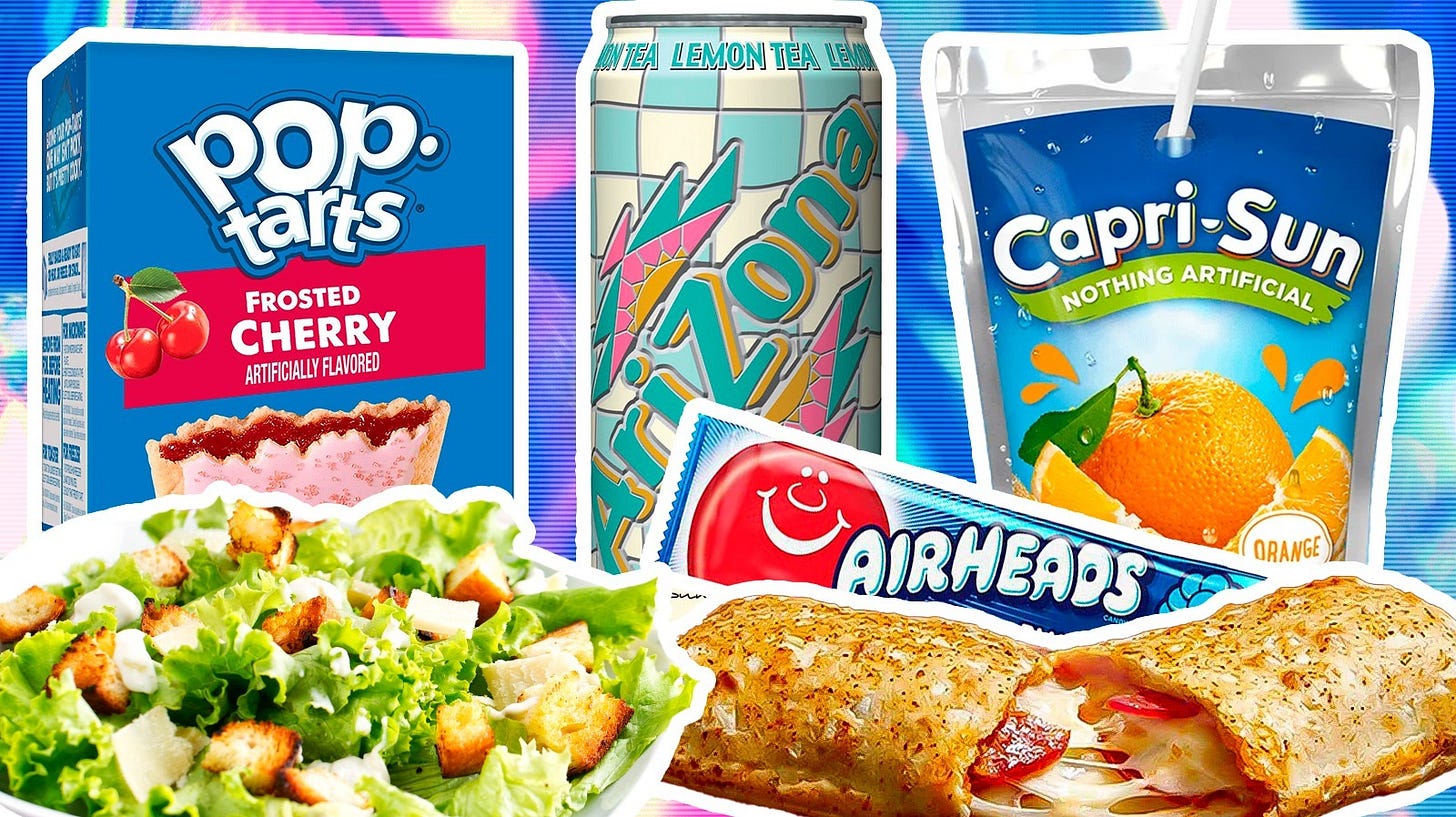
Main Points
Butter was bad
Salt was bad
Red meat was bad
Eggs were bad
Dairy was bad
Point #1: Butter Was Bad
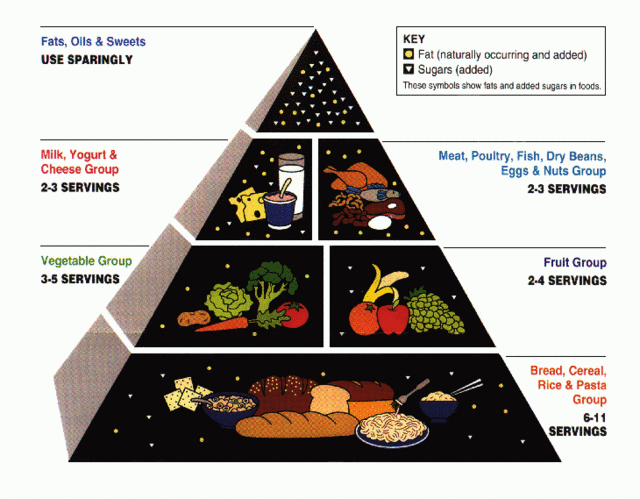
Forget the Bloods and Crips, back in the 1990s, butter was public enemy #1. The USDA’s Food Pyramid, which didn’t even acknowledge butter, and organizations like the American Heart Association slammed saturated fat, linking it to heart disease. After hearing about health scares on Oprah and seeing Fabio’s “I can’t Believe it’s Not Butter” ads during commercial breaks, Christopher’s mom banned butter like a straight white Christian male in a 2020 campus safe space.
Point #2: Salt Was Bad
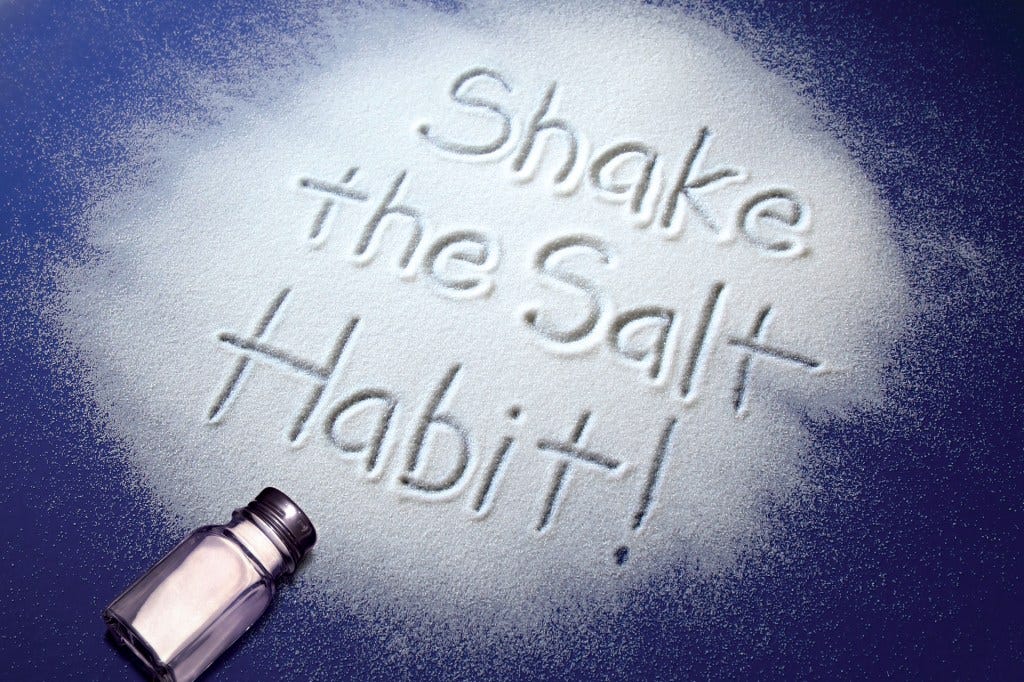
Experts have warned against salt since the 1970s, saying it causes high blood pressure, which can lead to heart attack and stroke. Organizations such as the Institute of Medicine, the Department of Health and Human Services, and the Department of Agriculture urged Americans to restrict their daily salt intake to one tablespoon or less and choose salt alternatives.
School lunches limited salt, and encouraged students to “shake the habit,” which was easy for Christopher since his mom mainly served bland chicken or pasta dishes.
Point #3: Red Meat Was Bad
After the Cold War, Americans dealt with a new Red Scare: the Red Meat Scare. The Food Pyramid limited beef and pork, citing heart disease, and the International Agency for Research on Cancer classified red meat in the same category as smoking and asbestos. Still, they could not determine how much was too much.
School cafeterias reserved beef for Fridays, and TV dads constantly battled their doctors and families about missing their favorite foods. But Carl Winslow and Christopher both knew skipping the steaks and burgers was the price for a longer life.
Point #4: Eggs Were Bad
Vilified for cholesterol levels, the USDA, the American Heart Association, and society in general warned against the dangers of egg ingestion. Schools taught kids to skip the egg yolk at least, saying it clogs arteries. That's why Christopher’s mom reserved the recommended 3-4 eggs per week for a Sunday morning omelet.
Point #5: Dairy Was Bad
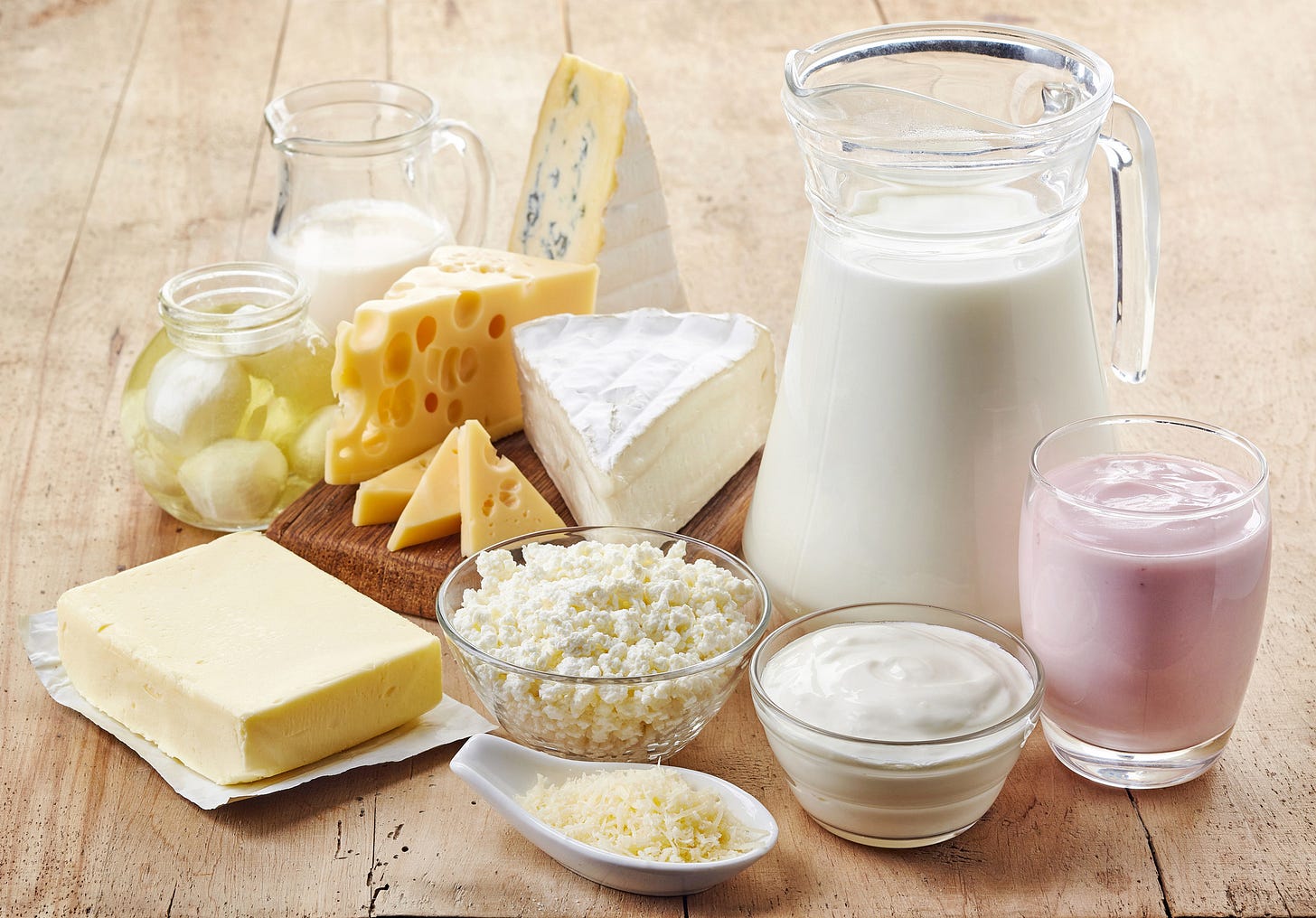
Another usual suspect in the war on fat, experts warned against dairy intake, although they admitted its calcium was a welcome addition. That's why the Food Pyramid advised 2-3 servings daily. Still, experts advised people to avoid whole milk and use low-fat or skim options, which is what most schools offered, even if mixed with chocolate.
Rebuttal: Natural Foods Are Good for You

Main Points
Butter is good
Salt is good
Red meat is good
Eggs are good
Dairy is good
Point #1: Butter Is Good

Christopher’s family, along with most Americans, who thought butter was only for frontier folk and margarine was a safe alternative, now enjoy going back to the basics.
In the 2010s, studies revealed that margarine was harmful due to its high levels of trans fats derived from plant oil, which many manufacturers have since phased out. But Christopher’s mom never forgave Fabio for the years of lying.
Point #2: Salt is Good
We know today that not only is salt not as bad as we thought, but limiting salt intake can actually do more harm than good. Moderated salt intake helps regulate blood volume and transports nutrients around the body. It allows muscles to function properly and enhances nerve efficiency. Roseanne was right when she pushed back against flavorless meals. She just didn’t have much of a leg to stand on when it came to health. Yet somehow she aged better than Madonna, go figure.
Point #3: Red Meat is Good

Lots of people still have beef with red meat, such as the crew at your local food co-op and the World Health Organization, who associate red meat with cancer. But some doctors say the data is skewed. In 2019, researchers concluded that the negative reputation of red meat was not based on sound scientific evidence. This isn’t surprising, given that humans were designed to eat meat. The so-called experts should be ashamed of what they did to Uncle Phil.
Point #4: Eggs are Good
As it turns out, the ultra-processed dry grain human dog food, soaked in nutrient-free synthetic milk, served at home and in schools, was the inferior choice. Harvard research now shows eggs don’t cause heart disease or significantly harm hearts and pack essential nutrients like protein, choline, and B vitamins, among others. Eggs also contain essential antioxidants, such as lutein and zeaxanthin, which help improve eye health. Some studies even suggest that protein-rich eggs can aid in weight loss.
Point #5: Dairy is Good
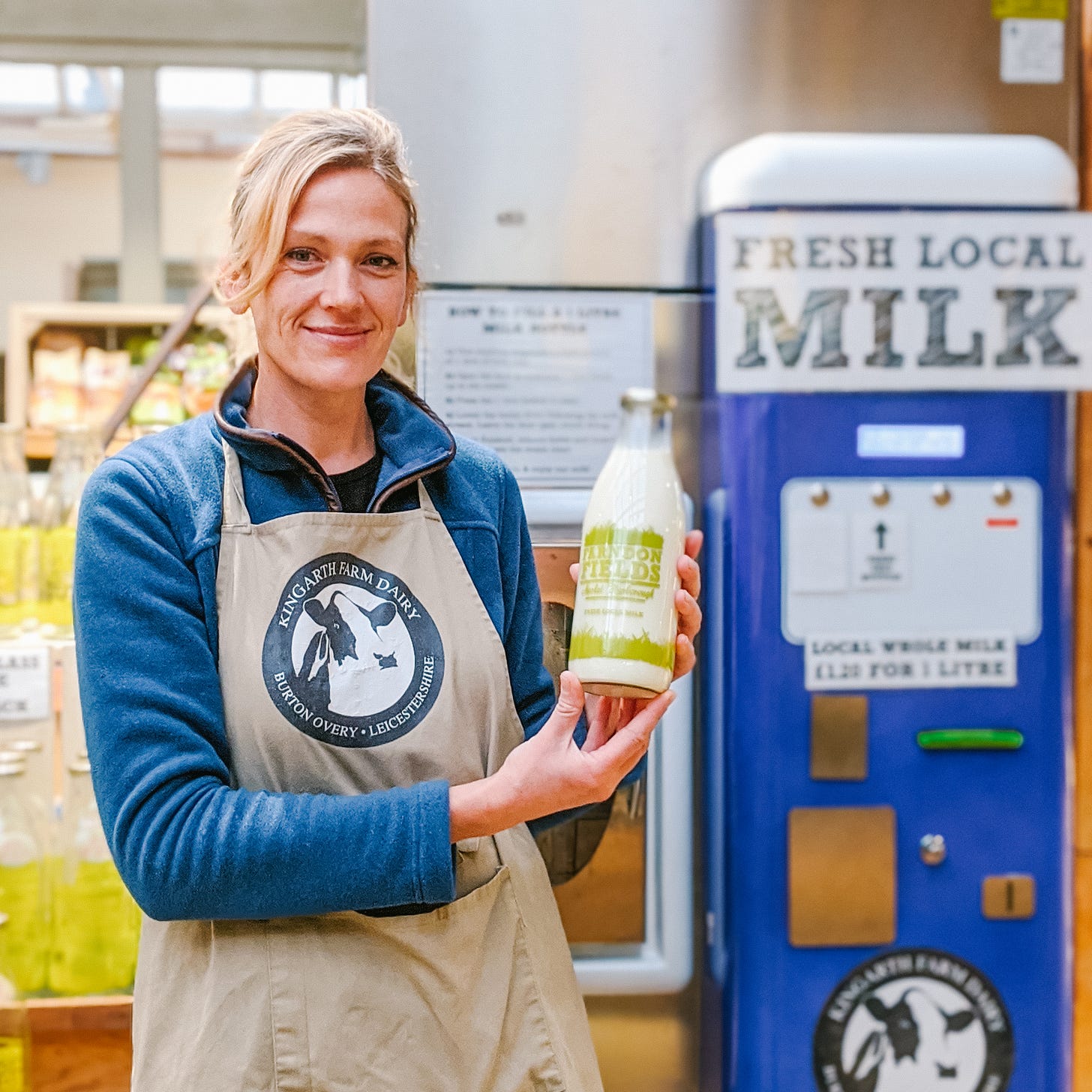
Obviously, vegans continue to demonize anything animal-based. Still, studies through the 2010s suggest that not only is dairy the bogeyman once assumed, but it has also been shown to reduce the risk of childhood obesity, improve body composition, and facilitate weight loss. Also, dairy showed a neutral or reduced risk of type 2 diabetes, reduced risk of cardiovascular disease, and multiple cancers. Many consumers are even cutting out the middleman and buying directly from farms, with farms in England selling milk out of vending machines.
Deprogramming Food Pyramid Cultists

It’s 2025, and Christopher has a family of his own. Despite his childhood brainwashing against butter, salt, red meat, eggs, and dairy, you won’t find any Parkay, Ms. Dash, skim milk, or bland chicken dinners on his kitchen table.
Christopher’s mom has come to grips with the fact that the Food Pyramid was a false idol, and Fabio a false prophet.
Still, health concerns of the 1990s weren’t totally baseless, and some studies just missed the mark. There is such a thing as too much saturated fat or cholesterol, and ultra-processed, fast food, and refined sugars should be used sparingly.
But what about the ad campaigns such as "Got Milk?" (1993), "Beef: It’s What’s for Dinner" (1992), and "The Incredible, Edible Egg" (1974) that often aired during commercial breaks after a Family Matters or Seinfeld episode just told us not to eat the foods we love?
Obviously, the milk, beef, and egg industries suffered as a result of the war on fat. For example, beef consumption declined sharply between the 1970s and 1990s, prompting agricultural producers to launch ad campaigns to counter the emerging trends.
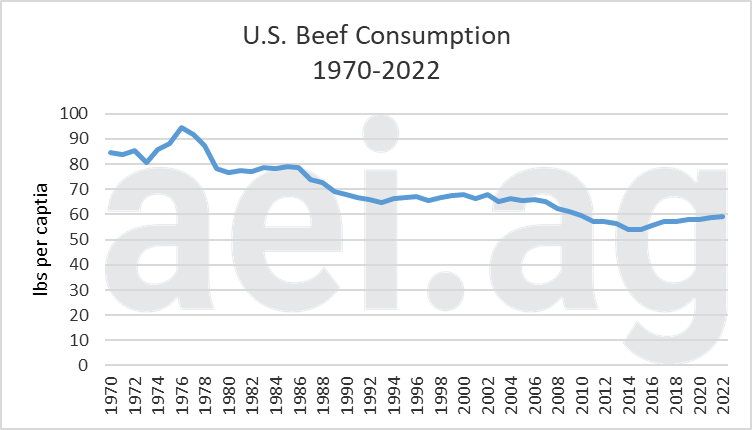
As a result, consumers were caught in a tug-of-war between science and Big Ag, leading many to disregard “the experts.” At the same time, more conspiratorial types suggested the Food Pyramid was nothing more than an effort to promote processed foods for profit.
If you’re a cynic, you know whoever put up the money got their messaging pushed through. The USDA played both sides, promoting the Food Pyramid while approving ads for beef and dairy products funded by checkoff programs.
After 2020, it seems like par for the course.
Today, Christopher buys his red meat, eggs, and dairy from a local farm. It turns out that the basic, natural diet humans have consumed, which led them to space travel and the internet, was just fine. The synthetic soylent that just so happens to be lucrative for food, and the medical and pharmaceutical industries, for that matter, might not be so healthy after all.
Sure, Christopher will grab a burger occasionally, or a pack of gummy worms for old times’ sake.
But he consumes such things sparingly, keeping them at the top of his common sense pyramid, along with advice from advertisers, celebrities, and lobby-fueled government organizations.
Meme of the Week: Happy Easter!
Brand of the Week: Safe Ride 4 Kids, LLC

Denver-based Safe Ride 4 Kids provides parents with innovative car safety solutions, including the crash-tested Tummy Shield for pregnant mothers and the portable RideSafer Travel Vest for children 2 years and older (22–110 lbs). Founded in 2012 by certified safety experts Greg and Amie Durocher, Safe Ride 4 Kids ensures "every arrival is a safe arrival" through unique products and expert advice. Visit saferide4kids.com, shop on Public Square, or follow @SafeRide4Kids on X for safety tips and updates!
American of the Week: US Army Private First Class Ross A. McGinnis
On December 4, 2006, Private First Class Ross A. McGinnis, a machine gunner with the 1st Battalion, 26th Infantry Regiment, heroically saved his crew in Baghdad, Iraq.
When an insurgent’s grenade landed inside his vehicle, McGinnis shouted a warning and, instead of escaping, smothered the grenade with his body, absorbing the blast. This selfless act saved his teammates from serious injury or death at the cost of his own. For his bravery, Ross was awarded the Congressional Medal of Honor.
He was only 21 years old. Remember Ross today.




